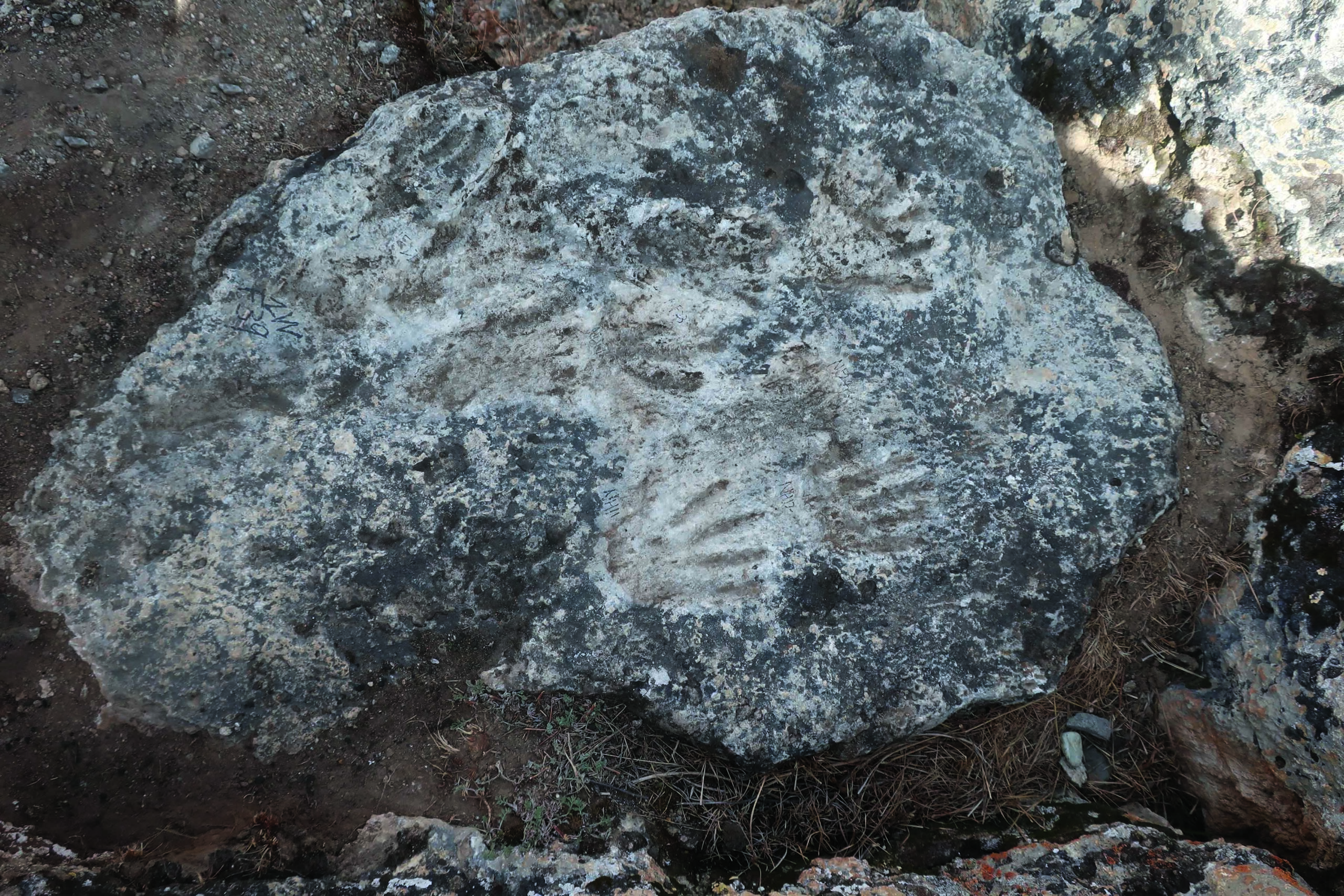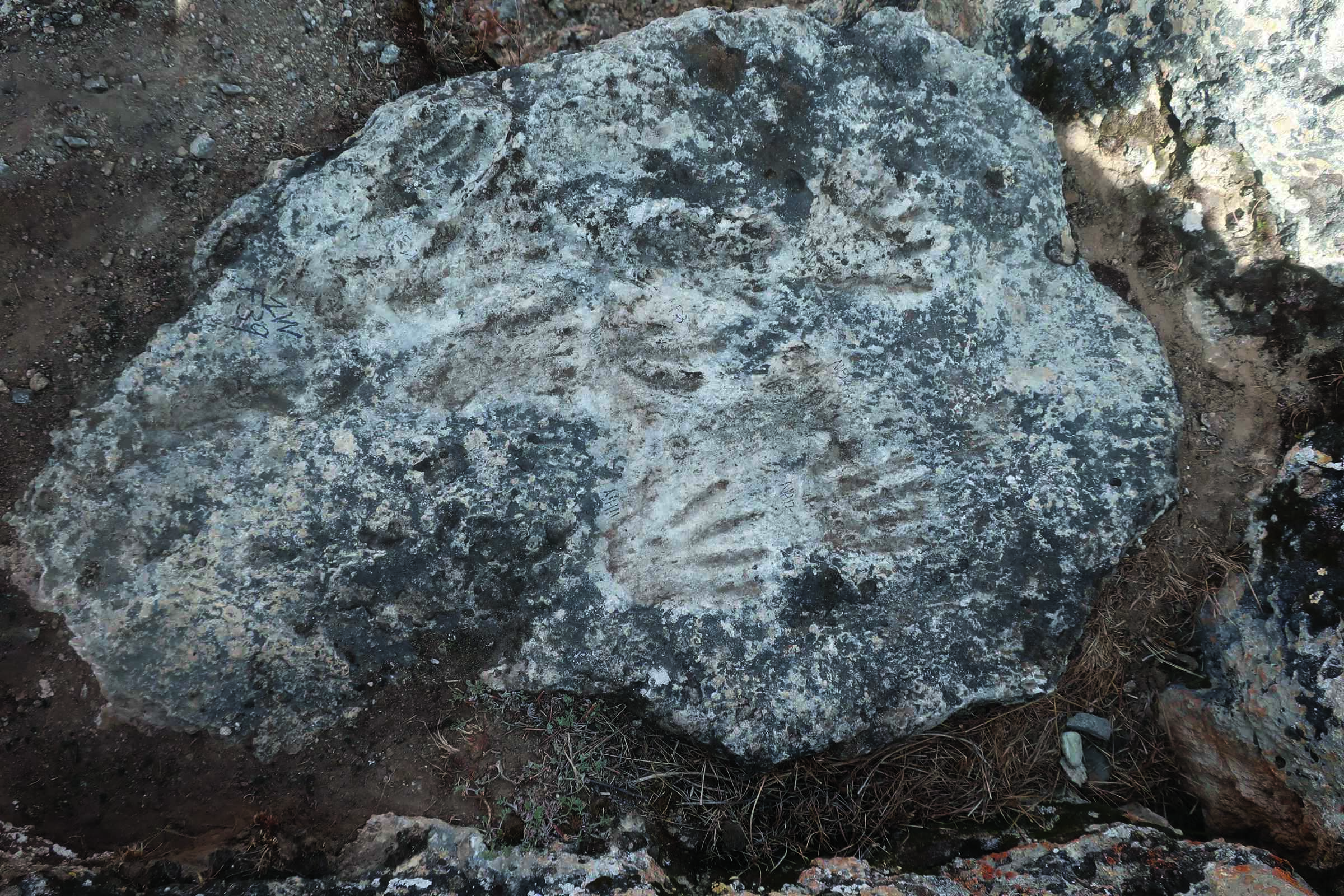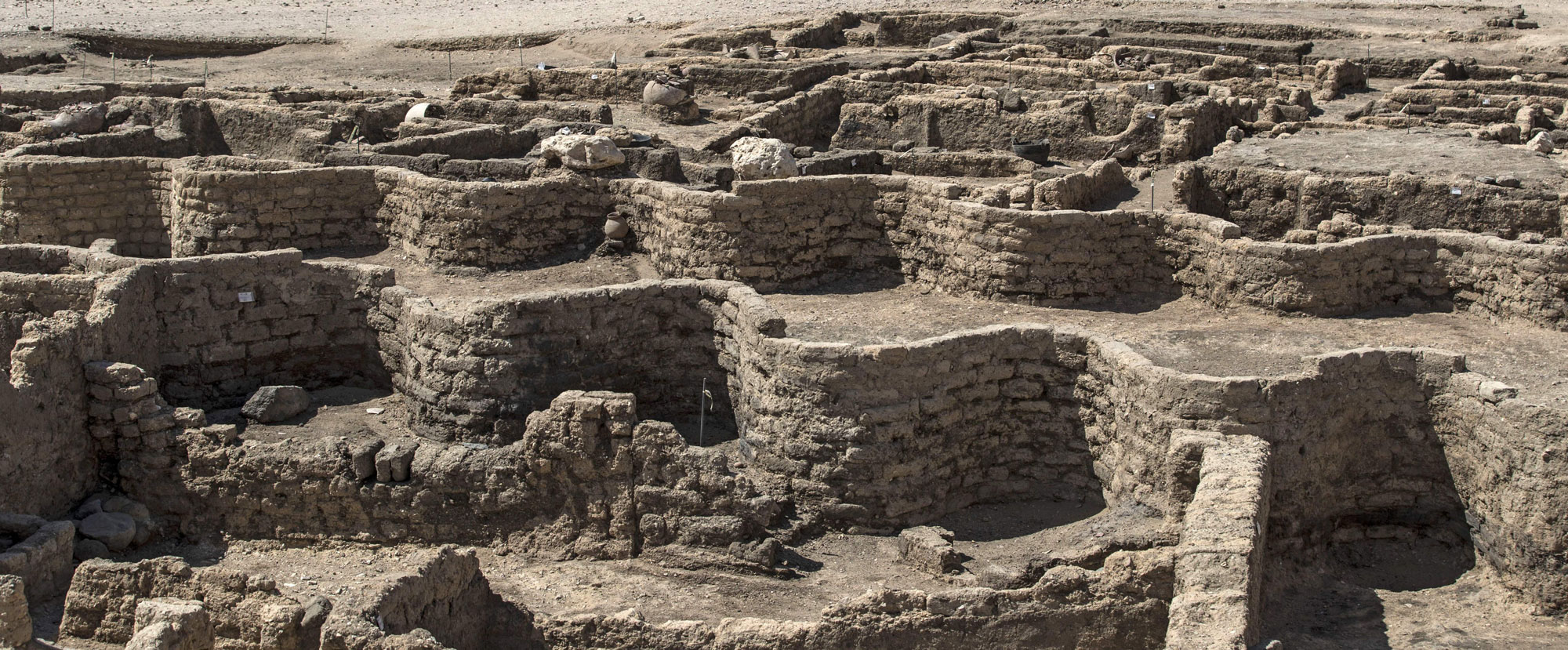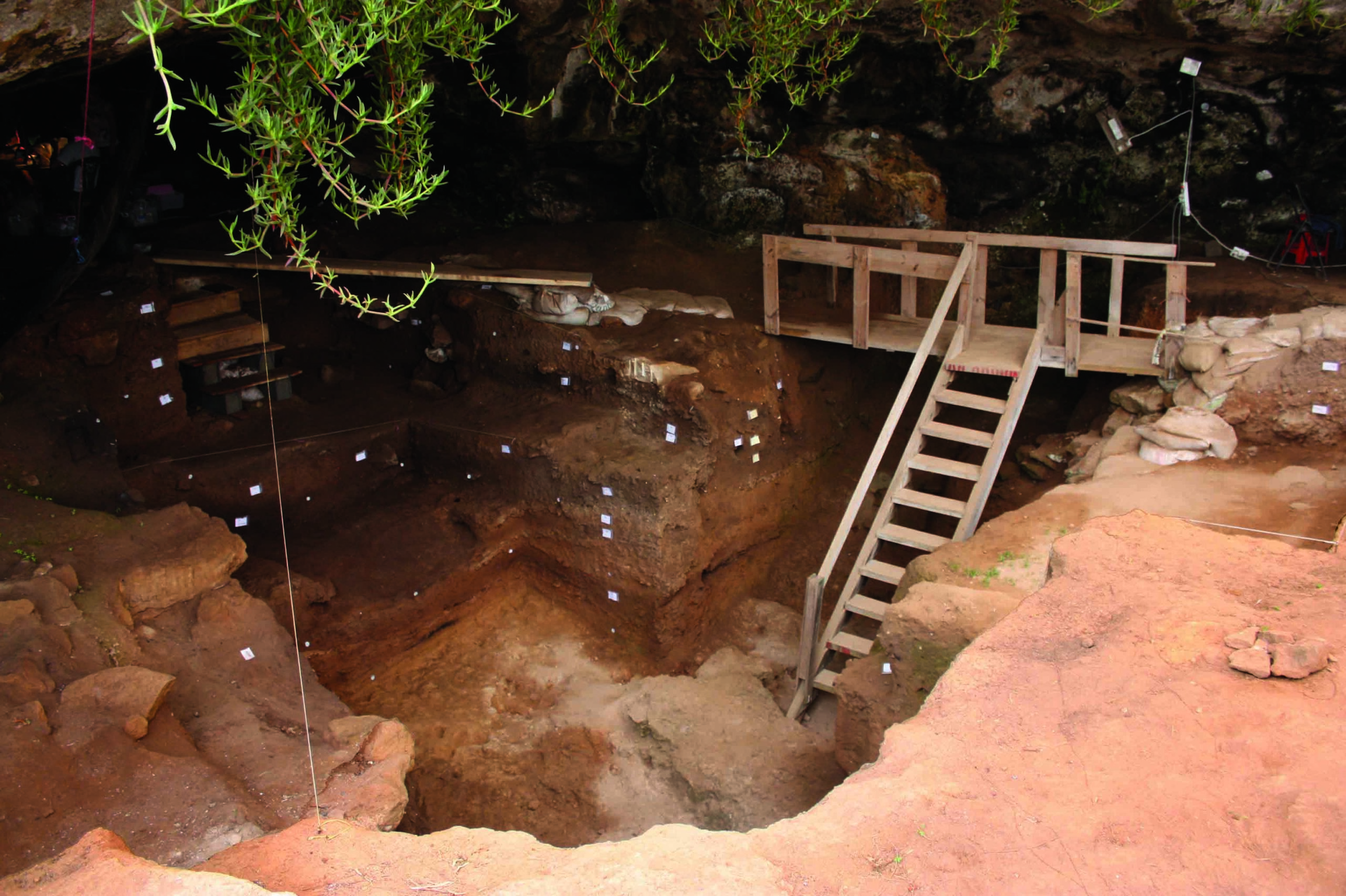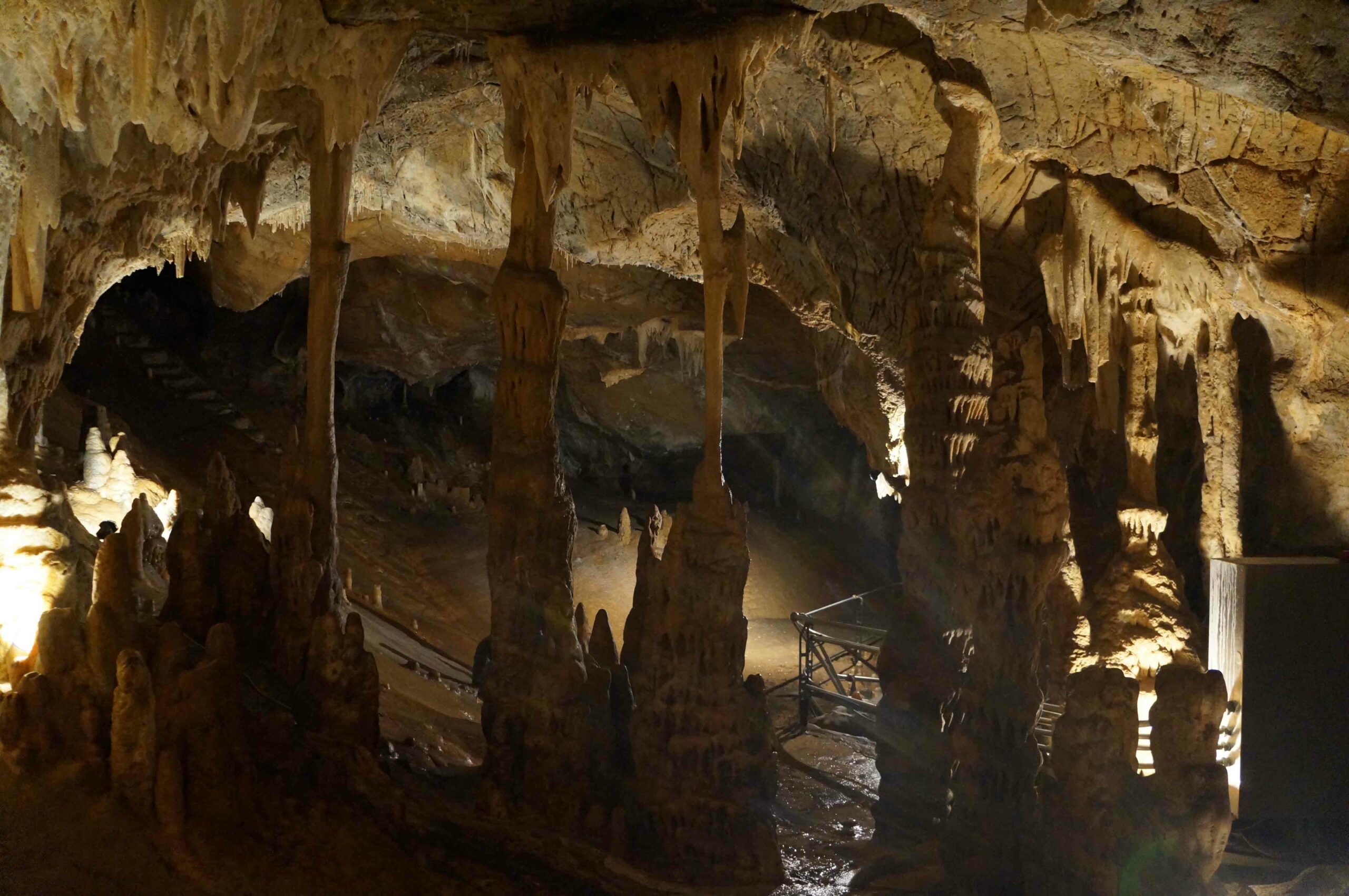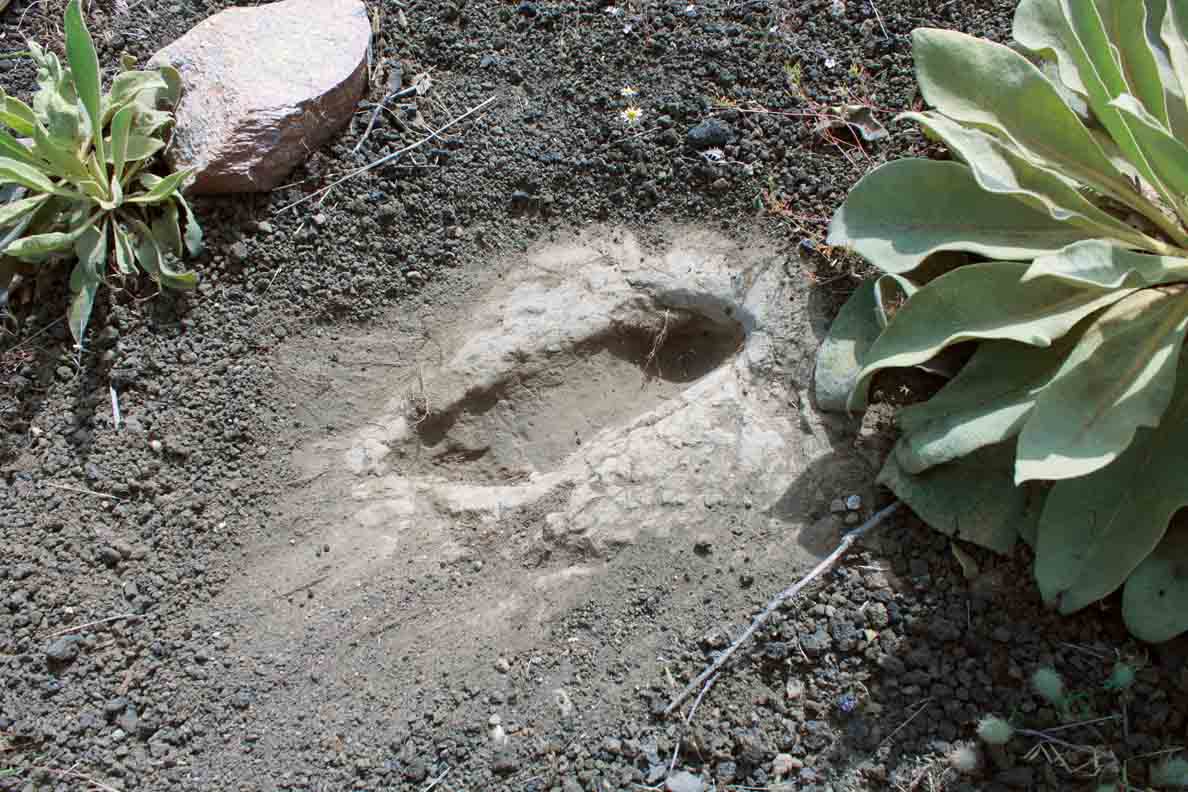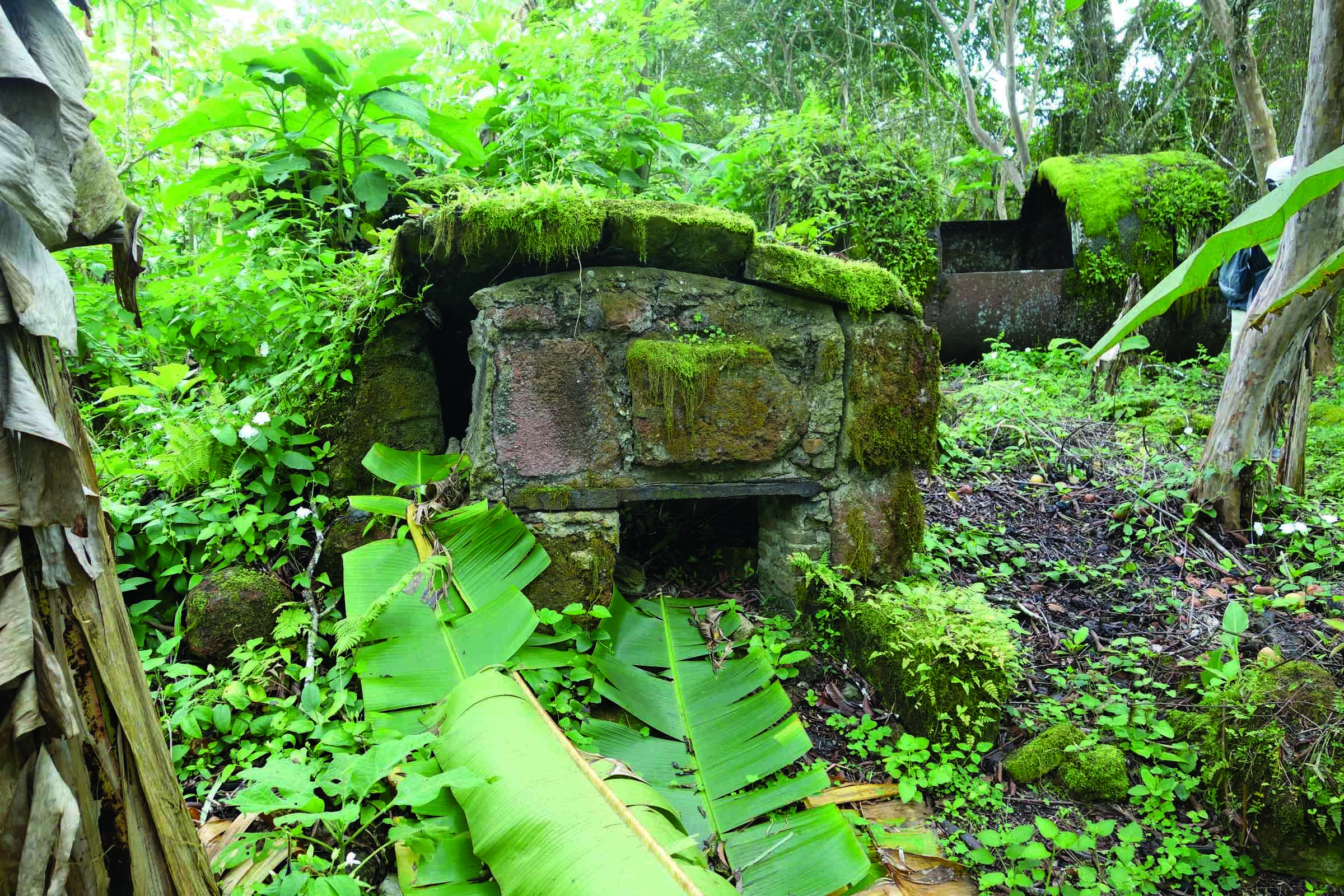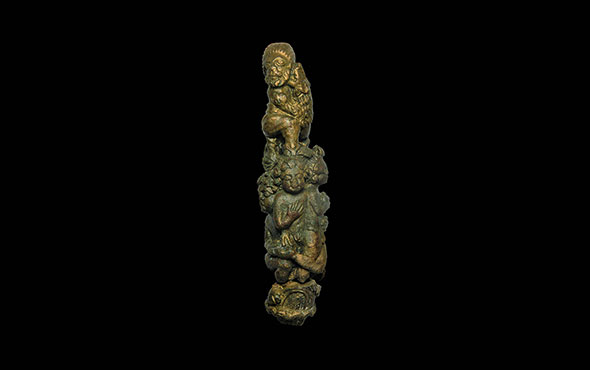The world’s earliest rock art may have been made by two creative children who lived in Tibet between 226,000 and 169,000 years ago. The young artists, probably either Neanderthals or members of the related Denisovan species, left a series of closely grouped handprints and footprints on an outcrop of a type of limestone called travertine. Travertine, which builds up around mineral springs, is initially soft enough to hold impressions. These can eventually harden after the spring changes course. Other ancient prints have been found preserved in travertine near the hot spring where the children’s prints were discovered, says Guangzhou University geologist and environmental archaeologist David Zhang. “The local people associate them with the Buddha,” he says, “but they were puzzled by these prints because they are so small.”
Zhang and his colleagues used uranium series dating, which examines trace amounts of uranium and thorium in calcium carbonate deposits such as travertine, to determine when the prints were left on the outcropping’s surface. Since uranium decays to thorium at a known rate, the researchers were able to calculate the age of the travertine from the ratio of the two elements. “I was shocked by the date,” says Zhang. “They are so early and there is no utilitarian explanation for how they are grouped together. They had to have been deliberately composed.” Zhang acknowledges that some might consider the prints childish doodles rather than true art. “What is play and what is art?” he asks. “We think these prints are both.”
